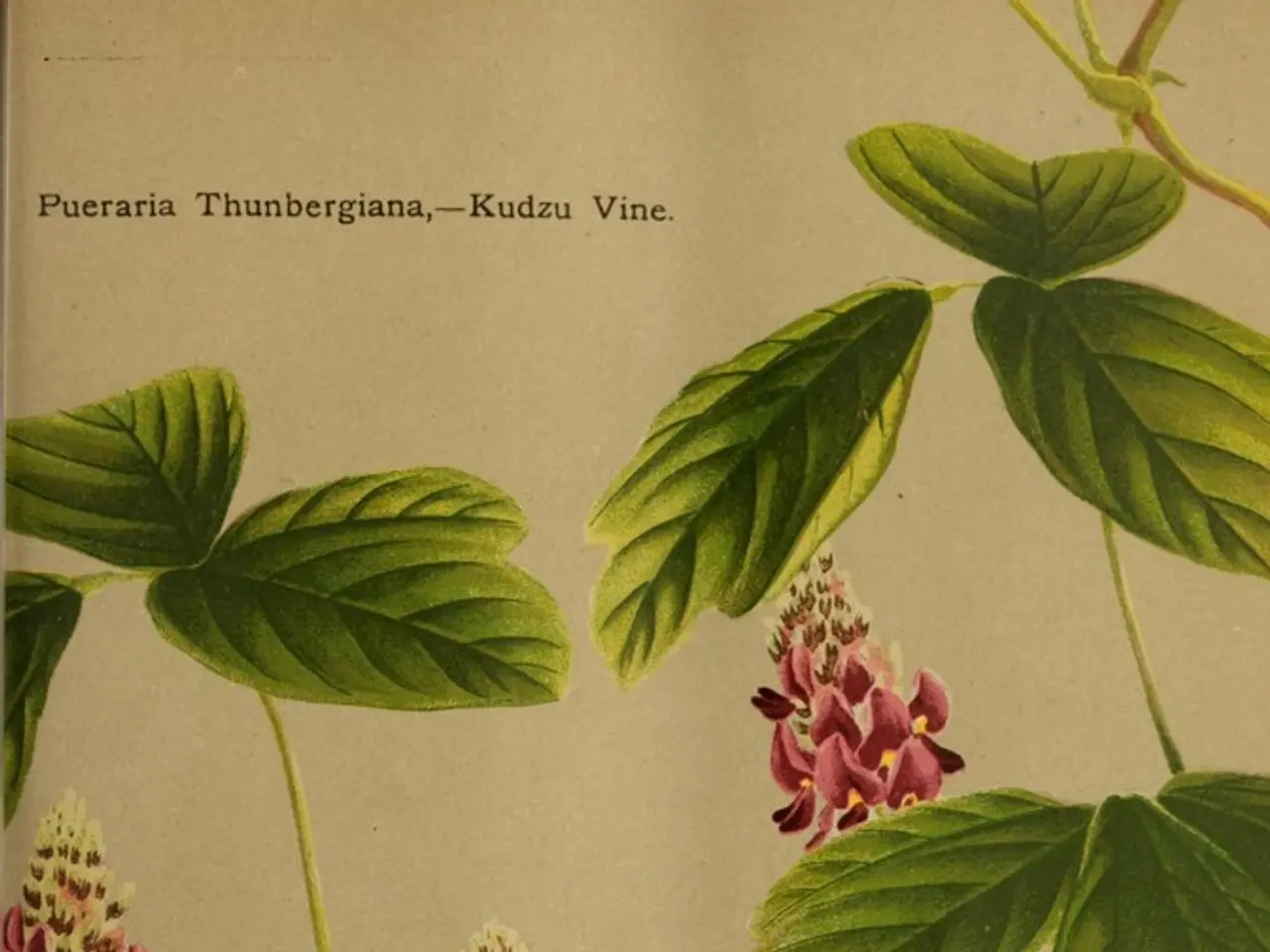Deadliest Flora on Earth: Identifying the 8 Most Toxic Plants
In our natural world, there are plants that, while beautiful to behold, can pose a significant threat to our health. Here's a roundup of some of the most dangerous poisonous plants to be aware of and the potential risks they pose.
One such plant is the Oleander (Nerium oleander), known as the most dangerous plant on the planet. Every part of this plant contains toxins, and even a single leaf can be fatal to a small child. The toxins in oleander, such as oleandrin and neriine, can cause severe poisoning in humans and animals.
Another dangerous plant is the Manchineel Tree, also called the Tree of Death (Hippomane mancinella). This tree is notorious for its highly toxic sap and fruit, which can cause severe burns and disrupt heart function. It is one of the deadliest plants in coastal areas of the Americas.
White snakeroot (Ageratina altissima) is a North American herb that produces trematol, a poisonous alcohol. Historically, it was associated with "milk sickness" in humans who consumed milk from cows that ate the plant, leading to the death of Abraham Lincoln's mother, Nancy Hanks.
The Rosary Pea (Abrus precatorius) contains the highly deadly protein Abrin. Even a small amount of this toxin can be fatal if the seeds are scratched, fractured, or bitten. This plant, often used in rosaries and jewelry, has reportedly made many jewellers ill or caused fatalities due to accidental pricking.
Deadly Nightshade (Atropa belladonna) is one of the most lethal flowers for humans. Its toxins can cause hallucinations, seizures, and potentially death. This plant, along with the Lily of the Valley, contains cardiac glycosides that can affect heart function and be poisonous if eaten.
Castor oil (Ricinus communis) is used in various industrial and commercial applications but must be handled with extreme care due to its toxicity. The plant produces ricin, a deadly toxin concentrated in its seeds, which can cause multiple organ failure and death if ingested, inhaled, or injected.
Lastly, Dracunculus vulgaris, known as the vulgar dracunculus, is a plant that emits the stench of decomposing flesh. Commonly named Stink Lily, Voodoo Lily, and Snake Lily, this plant can induce skin damage or allergic reactions just by touching it, and its toxins can cause irritation and vomiting in humans and pets.
It's crucial to exercise caution when encountering these plants, especially where children or pets might come into contact with them. Toxicity is often severe and can be rapidly fatal. Always remember, beauty can sometimes hide danger.
References: - Times of India, 2025-07-16 - AOL, 2025-08-01 - ASPCA Toxic Plants database
- The Oleander plant, known as the most dangerous on the planet, contains toxins in every part, which can potentially be fatal to small children, causing severe poisoning in humans and animals.
- The Manchineel Tree, or the Tree of Death, poses a significant risk due to its highly toxic sap and fruit, causing severe burns and disrupting heart function, making it one of the deadliest plants in coastal areas of the Americas.
- White snakeroot, a North American herb, produces trematol, a poisonous alcohol that was historically linked to "milk sickness" in humans and caused the death of Abraham Lincoln's mother, Nancy Hanks.
- The Rosary Pea plant, often used in rosaries and jewelry, contains the highly deadly protein Abrin, which can cause fatality if the seeds are accidentally pricked, scratched, or bitten.




